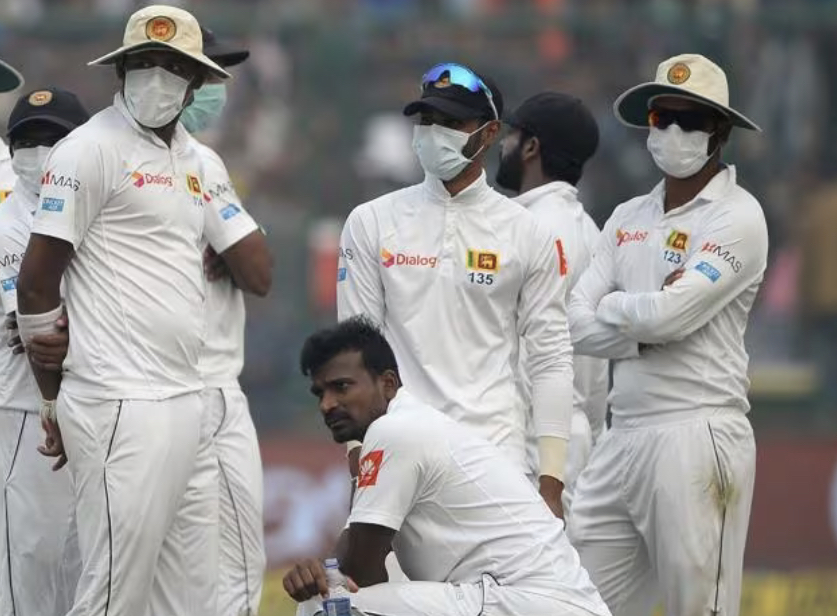World Cup Cricket Match in Delhi Overshadowed by Hazardous Air Pollution Levels

New Delhi — On November 6, as the Bangladeshi and Sri Lankan cricket teams faced off in a World Cup match in New Delhi, both players and spectators confronted a formidable opponent: dangerously high levels of air pollution. Delhi, ranked as the second most polluted city globally that day, hosted a match amidst a thick blanket of haze, primarily composed of fine particulate matter (PM 2.5). This hazardous air quality, seven times higher than the U.S. EPA’s standards for good air, raised concerns about its impact on human health.
Northern India witnesses an annual surge in air pollution before winter, trapping pollutants from various sources, including vehicles, industries, construction dust, and crop residue burning. The concentration of PM 2.5 on November 6 reached an average of 261 μg/m³, well above both U.S. and Indian standards for healthy air. Nitrogen Dioxide levels, mainly emitted from vehicles, also soared to 258 μg/m³, exceeding the World Health Organization’s recommended average.
The dire air quality prompted both cricket teams to alter their training schedules, with some players resorting to face masks. Sri Lanka’s coach revealed that asthmatic players even skipped practice sessions. In an attempt to curb pollution, the Indian cricket board prohibited fireworks in post-match celebrations, while local authorities implemented measures such as banning certain vehicles and construction activities, as well as employing water sprinklers.
Despite these efforts, Delhi’s pollution woes extended beyond the cricket stadium. Several school-level sporting events were canceled due to the alarming pollution levels. The air quality during the November 6 match started at 114 μg/m³, escalating to over 200 μg/m³ by the match’s conclusion. The incident underscores the urgent need for comprehensive measures to address Delhi’s persistent air quality challenges, especially during large-scale events.



















Facebook Comments